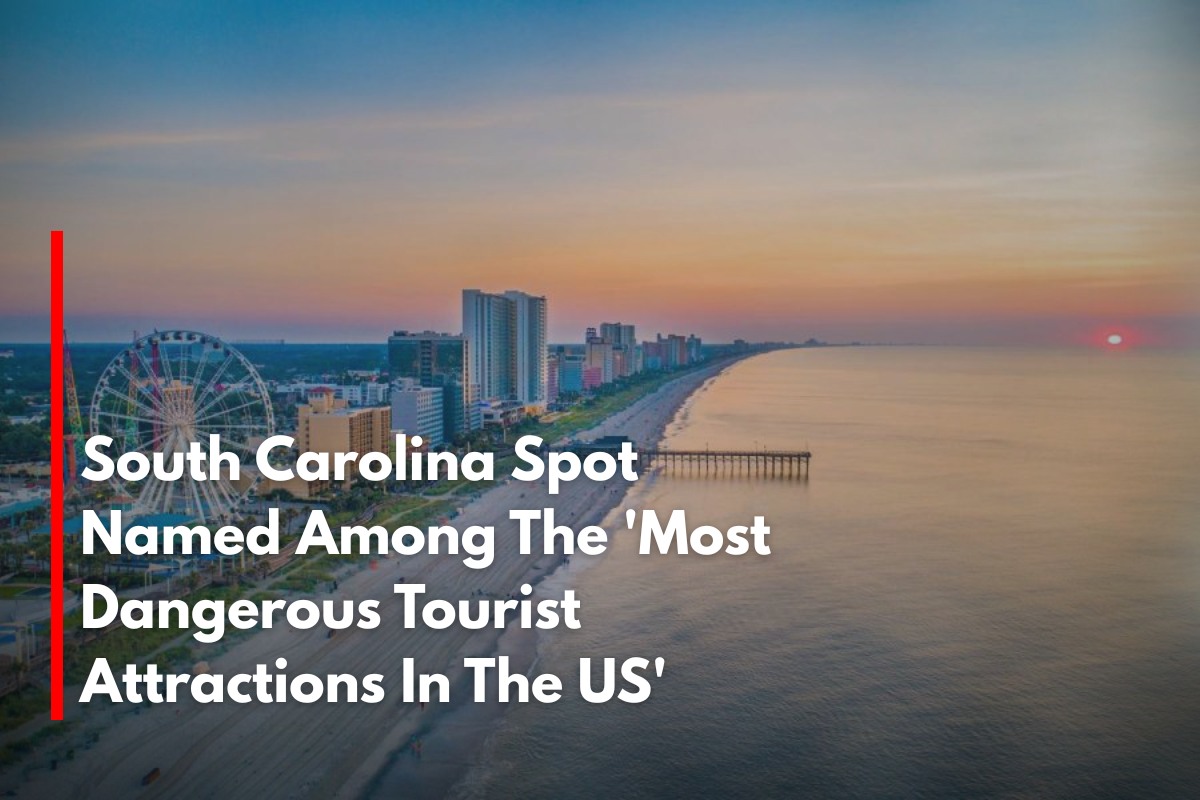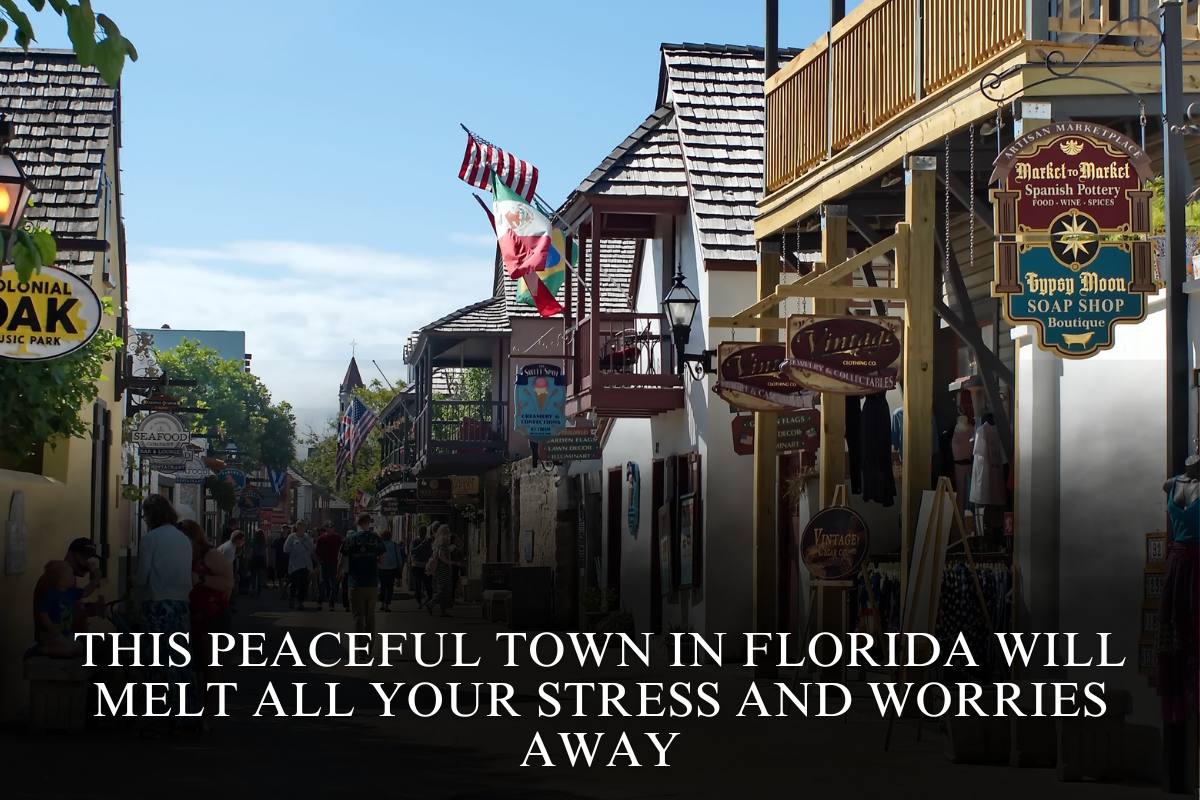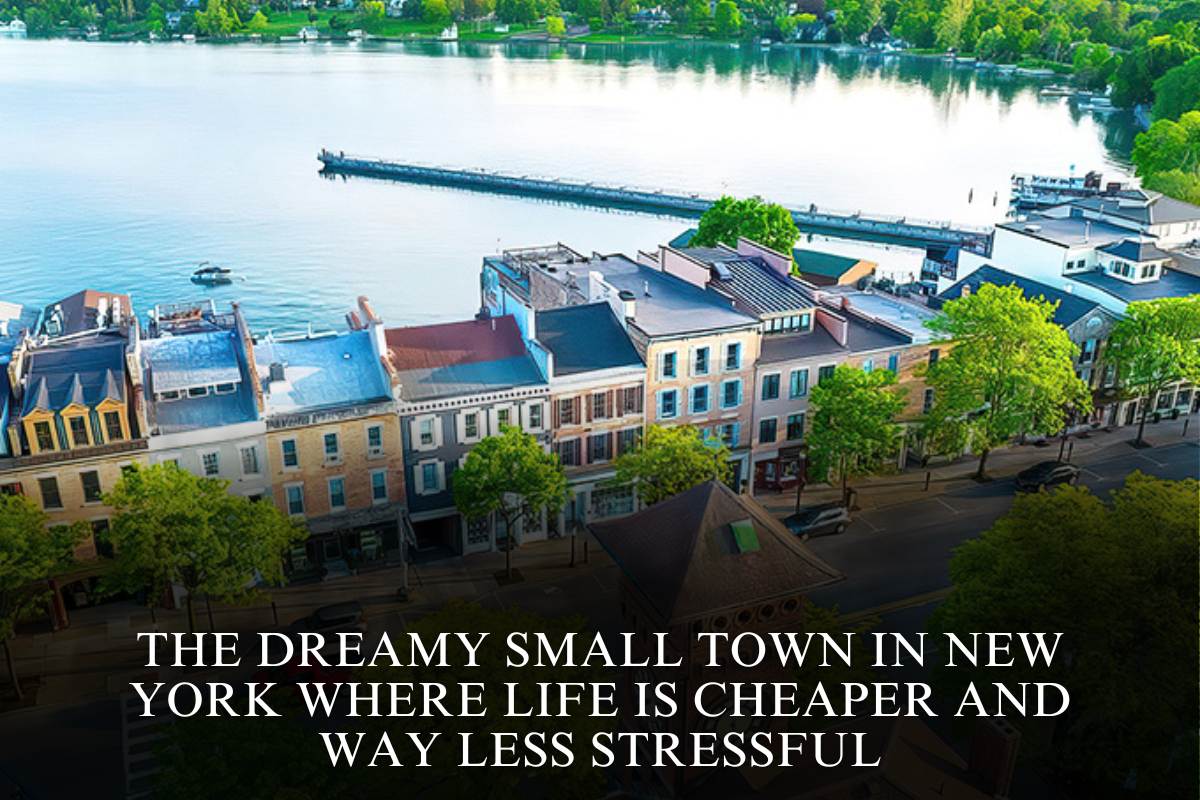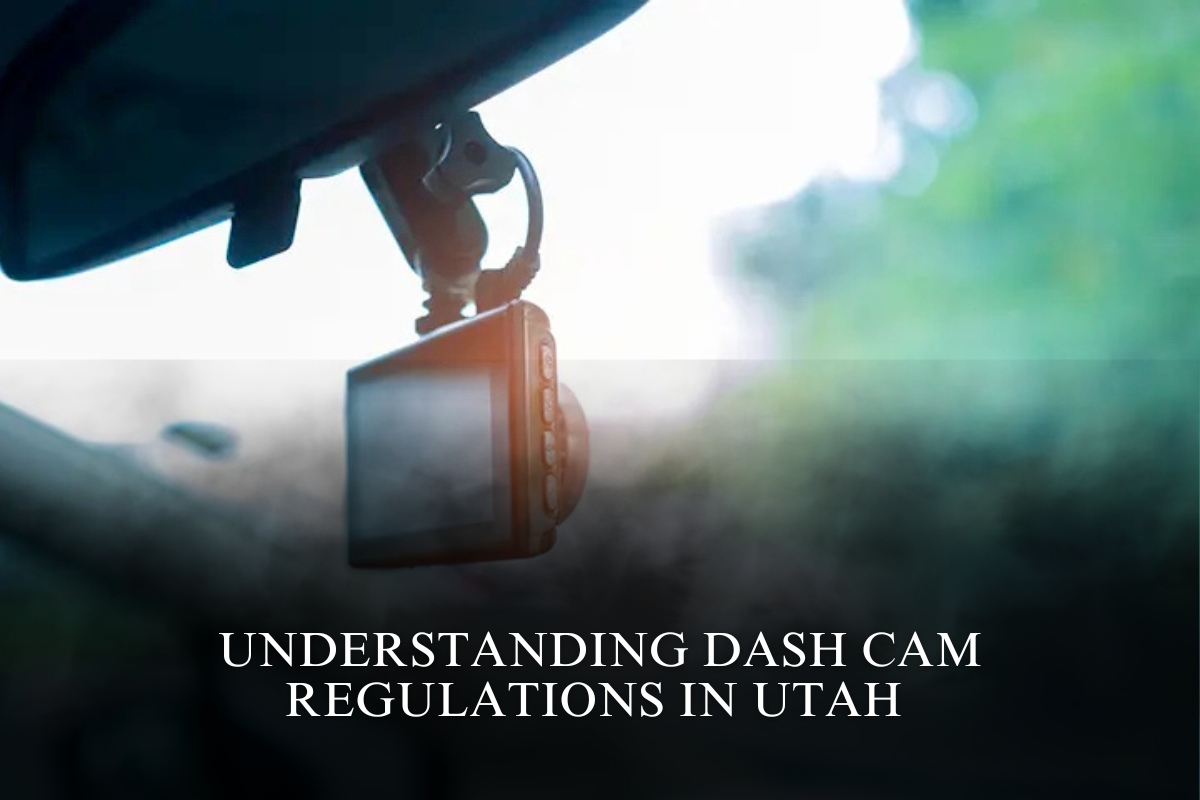Myrtle Beach is one of America’s most beloved vacation spots—boasting miles of sun-drenched Atlantic shoreline, vibrant nightlife, and family-friendly attractions. Yet, in 2025, this bustling beach city has found itself named among the “Most Dangerous Tourist Attractions in the US,” capturing national attention for the risks tourists face while seeking relaxation and adventure here.
Why Is Myrtle Beach Considered So Dangerous?
High Crime Rates and “Murder Beach” Reputation
Myrtle Beach has long struggled with its dual identity: a lively resort town popular with families and students, and a city with violent crime rates significantly above the national average. In fact, Myrtle Beach’s violent crime rate is more than double the US average, earning it the ominous nickname “Murder Beach” among locals and crime-watchers alike.
Areas near Ocean Boulevard—especially the south end by 12th Avenue South—are frequently noted by locals for drug activity, violent incidents, and property crimes, and visitors are often warned to exercise caution, particularly after dark.
Pedestrian and Cyclist Risks
One of the most sobering dangers in Myrtle Beach is the exceptionally high rate of traffic incidents involving pedestrians and cyclists. A recent study singled out Myrtle Beach as one of the deadliest tourism cities in the US for pedestrian fatalities, with more crashes resulting in pedestrian deaths than nearly any other popular vacation destination.
The surge in pedestrian traffic during vacation seasons, combined with low permanent population and inadequate walkways, create hazardous conditions—especially for tourists unused to the area’s road patterns.
Tourist-Related Traffic Risks:
DUI Incidents: Myrtle Beach ranked #5 nationally in DUI risk, with significant alcohol-related fatalities and hit-and-run rates.
Cyclist Danger: The city was listed as one of the riskiest for bicycles, contributing to injury and fatality rates.
Pedestrian Fatalities: Myrtle Beach has a pedestrian death rate much higher than most U.S. tourist cities, especially when factoring in the transient population versus resident count.
Natural Risks: Ocean, Weather, and Crowds
Apart from crime and road-related hazards, Myrtle Beach’s natural setting poses its own threats:
Surf and Rip Currents: The expansive beachfront is notorious for powerful rip currents and sudden changes in surf, resulting in numerous drownings each year.
Extreme Weather: Myrtle Beach faces risks from hurricanes—31 have struck the region in recorded history—as well as frequent thunderstorms that can quickly turn dangerous for swimmers and boaters.
Large Crowds: Overcrowding, particularly during spring break and summer, heightens all risks. The influx of newcomers unfamiliar with local rules, open container laws, and water safety norms adds to the potential for mishaps.
Efforts to Address the Risks
Myrtle Beach is attempting to shake its dangerous reputation through proactive policing, beach safety campaigns, and improvements to pedestrian infrastructure. Community leaders regularly collaborate on education programs and are investing in enhanced safety barriers along the shore. Still, the city’s blend of nightlife, dense crowds, and urban/rural interface mean challenges remain.
Tips for Visiting Myrtle Beach Safely
Research Lodging Locations: Choose accommodations in well-lit, higher-end districts such as North Myrtle Beach or resort areas with high security.
Avoid Walking Alone at Night: Particularly along Ocean Boulevard’s southern stretch.
Observe Water Safety: Always heed lifeguard warnings; avoid swimming in rough surf or when rip current alerts are active.
Use Designated Crosswalks: Remain vigilant as a pedestrian or cyclist, and avoid distractions when crossing major roads.
Stay Informed About Weather: Be aware of hurricane forecasts and thunderstorm warnings throughout your stay.
Myrtle Beach’s stunning crescent of sand, endless entertainment, and vibrant spirit remain undeniable draws for millions each year. However, its standing among the nation’s most dangerous tourist attractions in 2025 is underpinned by real data—ranging from crime statistics to pedestrian fatalities and environmental risks. By staying informed and exercising caution, visitors can still enjoy this iconic South Carolina destination while keeping safety at the forefront.
Sources
[1] https://www.islands.com/1902876/south-carolina-infamous-murder-myrtle-beach-one-most-dangerous-crime-ridden-cities-america/
[2] https://k1047.com/2024/08/16/south-carolina-deadliest-beach-city/
[3] https://v1019.com/2024/08/16/south-carolina-deadliest-beach-city/
[4] https://myrtlebeachsc.com/few-spring-break-tourists/
[5] https://www.joyelawfirm.com/blog/pedestrian-and-cyclist-deaths-on-the-rise-in-south-carolina/







